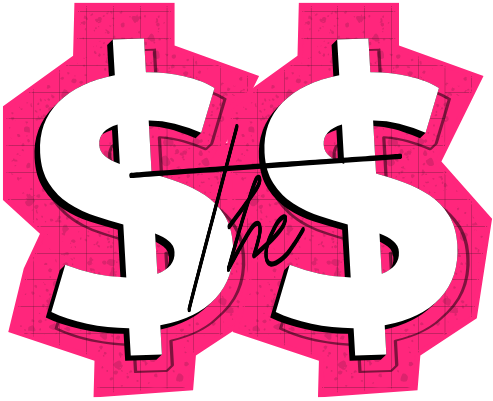Bounce rate is a website metric that measures the percentage of visitors who navigate away from a website after only viewing one page. A high bounce rate may indicate that visitors are not finding the information they are looking for and are leaving the site without exploring further. On the other hand, a low bounce rate may indicate that visitors are engaged and interested in the content on the website.
- Bounce Rate: The percentage of visitors who navigate away from a website or a specific page after viewing only one page. (ref.: SEO glossary)
- Website Bounce Rate: The bounce rate calculated for an entire website based on the number of single-page visits.
- Page Bounce Rate: The bounce rate calculated for a specific page on a website.
- Engagement: User interaction with a website, including page views, clicks, and time spent on the site.
- Exit Rate: The percentage of visitors who exit a website from a specific page after viewing multiple pages during their session.
- Session: A period during which a user is actively engaged with a website, starting with their arrival and ending with their departure.
- Landing Page: The first page a visitor sees upon arriving at a website, often the entry point from search engines or external links.
- Click-Through Rate (CTR): The ratio of users who click on a specific link to the number of total users who view a page, email, or advertisement.
- Conversion Rate: The percentage of visitors who complete a desired action, such as making a purchase or filling out a form.
- User Experience (UX): The overall experience a visitor has while interacting with a website, encompassing design, navigation, and content.
- Call-to-Action (CTA): A prompt encouraging visitors to take a specific action, reducing bounce rates by engaging users.
- User Behavior: The actions and interactions of visitors on a website, providing insights into their preferences and habits.
- Mobile Bounce Rate: The bounce rate calculated for visitors accessing a website from mobile devices.
- A/B Testing: Experimenting with two versions (A and B) of a webpage or element to determine which performs better in reducing bounce rates.
- Session Duration: The average amount of time users spend on a website during a single session.
- Content Relevance: The alignment of website content with user expectations and search intent, influencing bounce rates.
- Interactivity: Features and elements on a website that encourage user engagement and reduce bounce rates.
- Loading Time: The time it takes for a webpage to fully load, affecting user experience and bounce rates.
- Navigation: The structure and design of a website’s menu and links, influencing how easily users can explore and find information.
- Visitor Segmentation: Analyzing bounce rates based on different user segments, such as new vs. returning visitors.
- Internal Linking: Including links within a page that direct users to other relevant pages on the same website, reducing bounce rates.
- Bounce Rate Benchmark: Comparing a website’s bounce rate to industry benchmarks to assess performance.
- Session Depth: The number of pages viewed by a user during a single session, impacting bounce rates.
- Bounce Rate Formula: The mathematical calculation to determine bounce rate: (Total Single-Page Visits / Total Entrances) * 100.
- Usability: The ease with which users can navigate and interact with a website, influencing bounce rates.

Bounce rate is a metric used to measure the percentage of visitors to a website who leave after viewing only one page. A high bounce rate can indicate that visitors are not finding the information they need or are not interested in the website’s content. This can be an indication of a poorly designed website or ineffective marketing strategies. On the other hand, a low bounce rate can indicate that visitors are engaged with the website and are exploring multiple pages. This can be a sign of a well-designed website and effective marketing strategies.
